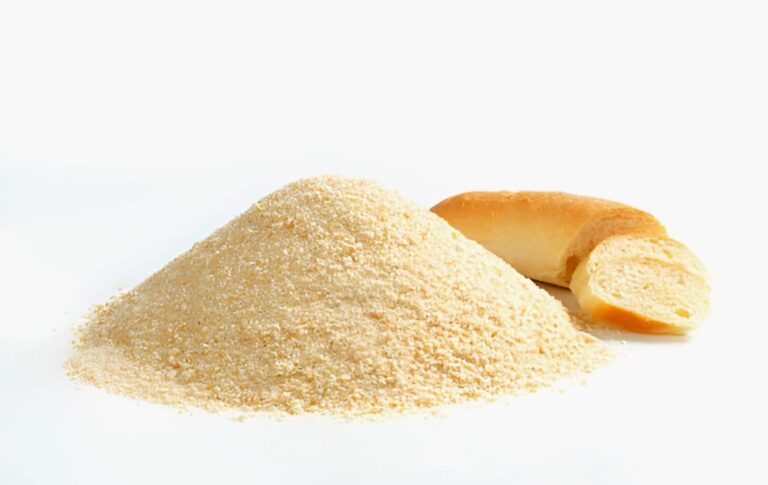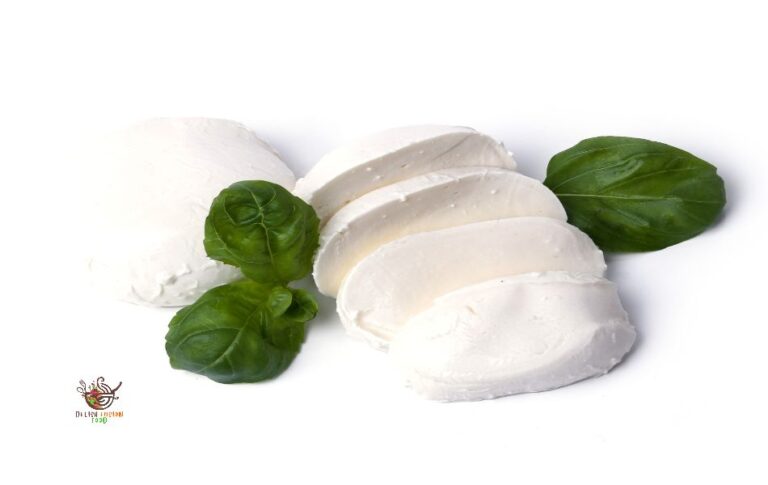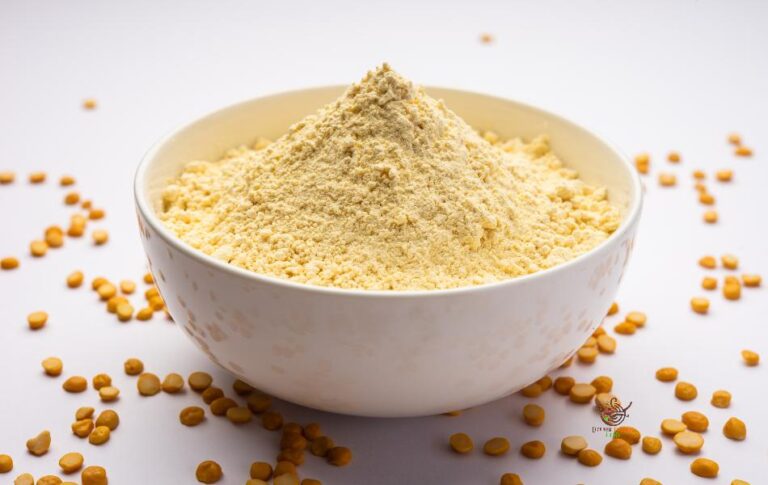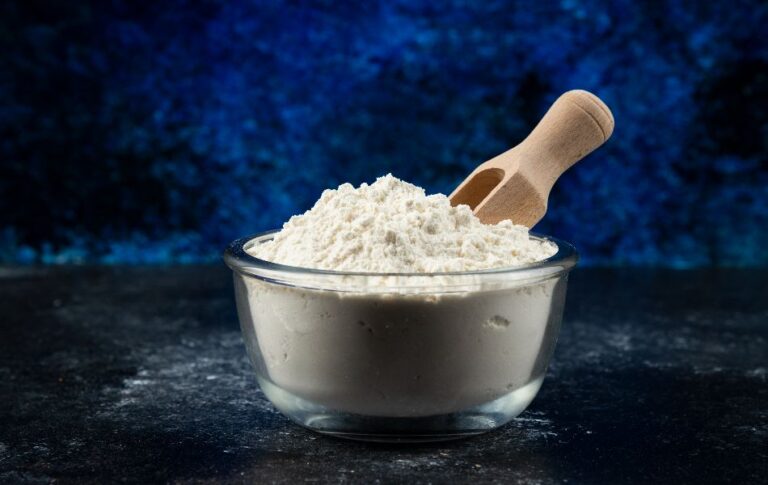What Are the Best Substitutes for Canola Oil? 7 Healthy Options
Canola oil is one of the most commonly used cooking oils, but what if you need to avoid it for health, dietary, or other reasons? Whether you’re looking for a healthier alternative, need a substitute due to allergies, or run out of canola oil, there are plenty of options available.
This article explores the best substitutes for canola oil, how to choose the right one for your recipe, and why each option might be an excellent fit for your kitchen.
What Is Canola Oil and Why Do People Look for Substitutes?
Canola oil is a popular cooking ingredient, valued for its mild flavor and versatility. Its high smoke point makes it popular for frying, baking, and sautéing. Additionally, it’s often praised for its relatively healthy fat profile, which includes omega-3 fatty acids and low saturated fat.
However, there are reasons you might want a substitute:
• You’ve run out of it and need an alternative in a pinch.
• You’re looking for a healthier option with a better balance of fats, as excessive omega-6 intake from canola oil may contribute to inflammation.
• Canola oil often undergoes high-heat processing and chemical treatments, which may strip it of nutrients so that you may prefer a less refined alternative.
• Some canola oil comes from genetically modified crops, which some choose to avoid.
• You want to enhance the flavor of your dish with oils that have more decadent or nutty notes.
Understanding each substitute’s traits will help you pick the perfect one for your cooking needs, whether that’s baking, frying, or salad dressings.
Top Substitutes for Canola Oil
1. Olive Oil – A Heart-Healthy Choice
Olive oil is loaded with monounsaturated fats, which benefit heart health. Olive oil also contains antioxidants and anti-inflammatory compounds, making it an excellent choice for anyone looking to eat healthier.

While olive oil has a lower smoke point than canola oil (about 375°F compared to 400°F), it can still be used for many cooking methods, including sautéing and baking. Extra virgin olive oil, in particular, is a great option for cold dishes like salad dressings, dips, or drizzling over roasted vegetables.
Pro tip: Olive oil may slightly alter the flavor of baked goods, adding a mild fruity or peppery taste. Opt for light olive oil if you want a neutral flavor while baking.
2. Avocado Oil – Rich in Healthy Fats
Avocado oil is another excellent substitute for canola oil. Like olive oil, it’s high in monounsaturated fats and suitable for cardiovascular health. Avocado oil has a mild flavor and a high smoke point of around 520°F, making it an excellent option for high-heat cooking methods like frying and grilling.
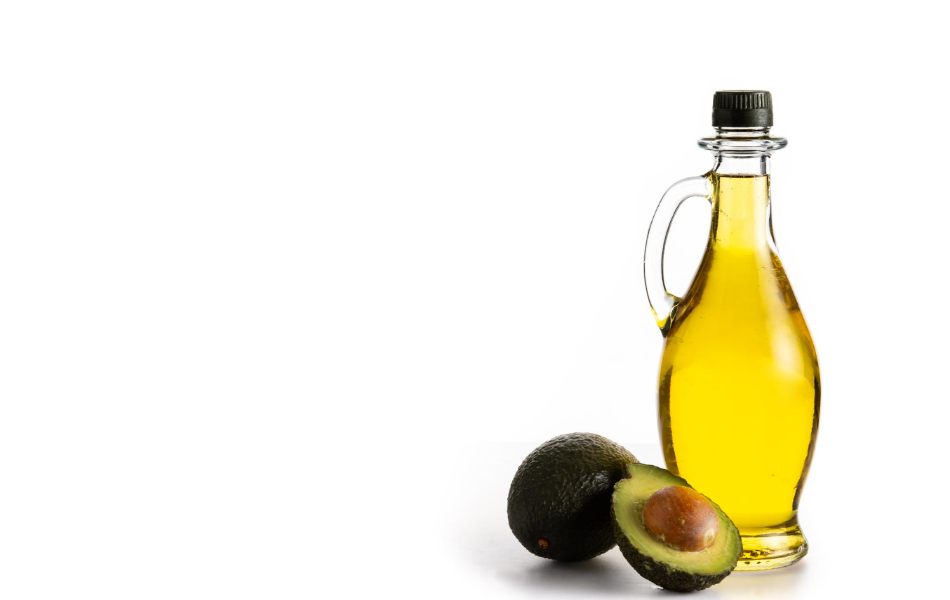
Additionally, avocado oil is packed with vitamin E, a powerful antioxidant that helps protect the body’s cells. It also has anti-inflammatory properties, supporting overall well-being.
Pro tip: Avocado oil is an ideal choice if you’re looking for an oil that can handle the heat of deep frying without breaking down.
3. Coconut Oil – A Flavorful Alternative
Coconut oil has gained popularity in recent years for its potential health benefits, especially for those following a keto or paleo diet. Unlike other oils, it’s high in saturated fats. Still, these fats comprise medium-chain triglycerides (MCTs), which are metabolized differently by the body and may offer quick energy.
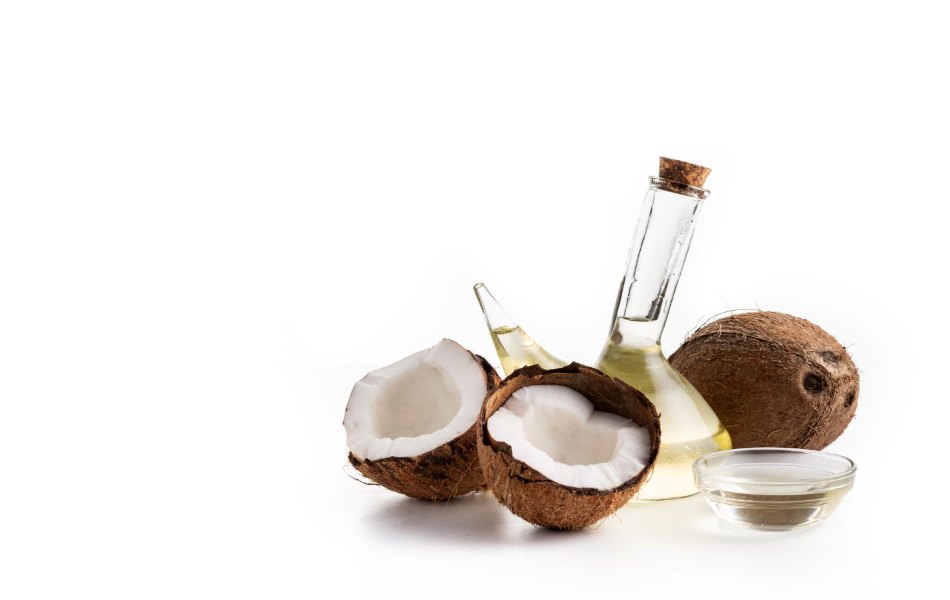
With a smoke point of about 350°F, coconut oil is ideal for baking, sautéing, or frying at medium heat. While it has a distinct coconut flavor, which can add a tropical touch to your recipes, there are refined versions with a more neutral taste.
Pro tip: Coconut oil has a pronounced coconut aroma that can influence a recipe’s taste. Consider refined coconut oil if you prefer a more neutral flavor.
4. Sunflower Oil – A Mild-Tasting Substitute
Sunflower oil is a versatile and affordable substitute for canola oil. Its neutral flavor and high smoke point make it suitable for various cooking methods, such as frying, roasting, and stir-frying. Sunflower oil is also rich in vitamin E, which acts as an antioxidant and promotes skin health.

This oil is also relatively high in polyunsaturated fats, particularly omega-6 fatty acids. While omega-6 fats are essential in the diet, it’s important to balance them with omega-3s to avoid inflammation.
Pro tip: Use sunflower oil in dishes with a desired neutral flavor, like stir-fries or baked goods.
5. Grapeseed Oil – A Light and Neutral Option
Grapeseed oil is another light, neutral oil that works well as a canola oil replacement. It has a high smoke point of around 420°F, which makes it ideal for frying, sautéing, or roasting at medium heat.

This oil is high in polyunsaturated fats and contains vitamin E, a powerful antioxidant that promotes skin and eye health. Additionally, grapeseed oil is often used in salad dressings and marinades because of its subtle flavor and smooth texture.
Pro tip: Because of its neutral taste, grapeseed oil is a great choice for dishes where you don’t want the oil to overpower the flavors.
Non-Oil Substitutes for Baking
Consider these non-oil alternatives if you want to reduce fat content or add unique flavors to baking recipes.
6. Butter or Ghee – For Rich, Flavorful Dishes
Butter and ghee (clarified butter) are both substitutes that can transform your dish’s flavor. They add richness and depth, which is ideal for recipes where flavor matters most.

When to Use It?
- Baking pastries or cookies where you want buttery goodness.
- Cooking vegetables or meats for a golden, aromatic finish.
Considerations: Since butter and ghee burn at a lower temperature (around 350°F/175°C for butter), they’re best suited for baking or low-heat cooking.
7. Applesauce – A Creative Alternative for Baking
Unsweetened applesauce can replace canola oil if you’re baking and want an oil-free alternative. It keeps baked goods moist and adds a touch of natural sweetness.
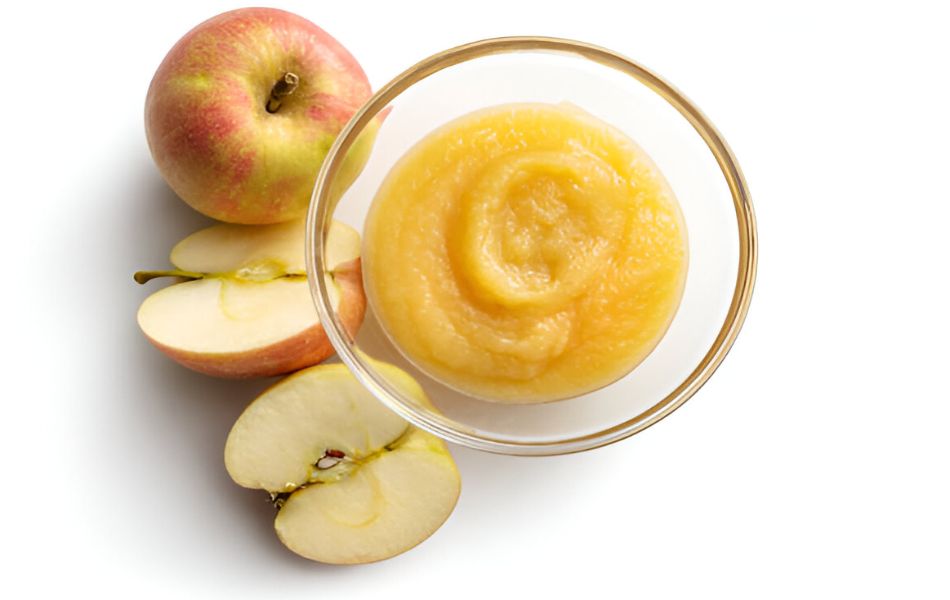
When to Use It?
- Works best in muffins, cakes, and quick bread.
- Start with 75% of the required amount of canola oil (e.g., use ¾ cup applesauce for 1 cup of oil).
Handy Tip: Applesauce changes the texture slightly, so it’s better for denser baked dishes than crispy ones.
A Quick Comparison Chart
|
Substitute |
Best Uses |
Smoke Point |
Flavor Profile |
|
Olive Oil |
Dressings, light sautéing |
~375°F (190°C) |
Fruity, aromatic |
|
Coconut Oil |
Baking, frying |
~350°F (177°C) |
Sweet, coconut aroma |
|
Avocado Oil |
High-heat cooking, frying |
~500°F (260°C) |
Buttery, mild |
|
Sunflower Oil |
Frying, baking |
~450°F (232°C) |
Neutral |
|
Grapeseed Oil |
Sautéing, dressings |
~420°F (216°C) |
Neutral |
|
Applesauce |
Baking (oil-free alternative) |
N/A |
Sweet, fruity |
|
Butter/Ghee |
Baking, low-heat cooking |
~350°F (175°C) |
Rich, creamy |
How to Choose the Right Substitute
Choosing the proper canola oil substitute depends on your recipe and personal preferences. Ask yourself these questions:
- Are you cooking with high heat or low/medium heat?
- Does the recipe rely on a neutral oil flavor, or can you enhance it with a more distinctive taste?
- Are you baking, frying, or making a dressing?
Knowing what you want from your substitute – whether flavor, versatility, or health benefits – will make your decision easier.
Tips for Using Substitutes
- Always check the smoke point of your chosen substitute to ensure it suits your cooking method.
- Experiment with small quantities first to understand how the substitute affects flavor and texture.
- For baking, adjust other ingredients if using non-oil substitutes like applesauce to maintain consistency.
See Also – A Comprehensive Guide to Corn Oil and Its Substitutes
Final Thoughts
Substituting canola oil is easier. From the heart-healthy benefits of olive oil to the decadence of butter, there’s an ideal option for every dish. Next time your recipe calls for canola oil, try something new and see how it elevates your cooking.
Looking for more cooking tips? Stay tuned for more guides, and don’t hesitate to experiment in the kitchen! A little exploration can lead to significant, flavorful surprises.


